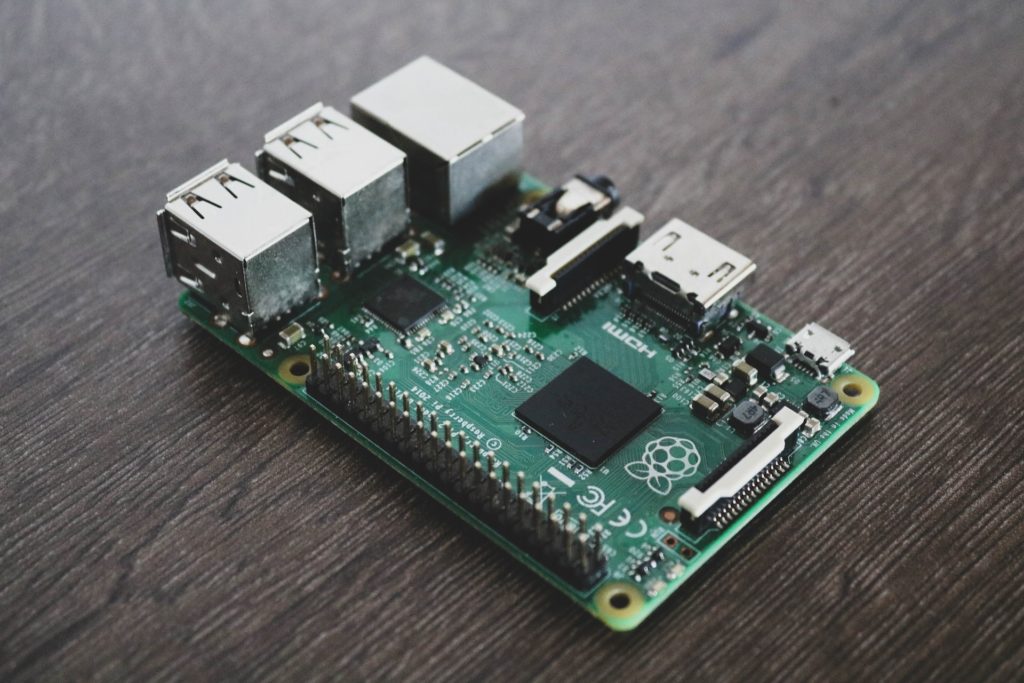Semiconductors have had a huge impact on the cars we drive every day. Whether by enhancing safety features or making more efficient gas guzzlers, semiconductors have changed automotive technology forever. Here is a look at how semiconductors have positively impacted the auto industry.
Airbags
Airbags have been installed in vehicles since the 1970s. Airbag control circuits are semiconductor chips that monitor a set of sensors, such as impact sensors, occupant position sensors, and trigger time sensors. When these sensors register a particular condition, and the airbag control circuit decides that deployment is appropriate, an airbag inflator is activated. The inflator fills the airbag with gas to power its explosive deployment.
Before semiconductors were used to make auto-control systems, many cars had passive safety systems that worked on physical principles alone. Some newer vehicles still use such systems in conjunction with semiconductor-controlled passive safety devices such as seat belts and airbags.
Electronic Stability Control
Electronic Stability Control (ESC) is an advanced form of traction control system that detects when a car is about to lose traction and applies the brakes or reduces engine power to avoid an accident. ESC works in combination with antilock braking systems (ABS), which detect wheel slip and apply the brakes individually to regain or maintain steering control.
An ESC system consists of sensors, actuators, and microcontrollers. The sensors monitor wheel speed, wheel slip angle, and yaw rate. The actuators include electronic braking solenoids and throttle by wire to disengage the engine from the wheels. The microcontroller is the “brain” of the system, monitoring the sensors and actuators and implementing actions based on a set of instructions programmed into it.
ESC systems have become standard equipment in most new cars within the last decade. In 2004, NHTSA mandated that all vehicles must have ESC systems by 2022.
Smaller, Lighter Batteries
Lithium-ion batteries have developed to meet higher performance demands, longer charge/discharge cycles, and increased safety requirements. The battery packs in electric vehicles have to be able to deliver large amounts of current over a wide temperature range and still maintain a high energy density so that they can travel as far as gasoline-powered vehicles.
Lithium-ion battery manufacturing is influenced by standard semiconductor manufacturing process steps such as lithography, etching, and ion implantation. For example, lithium-ion battery anodes use silicon wafers, which are etched in a way that exposes the material to different etching solutions at different locations on the wafer. Lithium-ion batteries also use aluminum oxide or nickel oxide electrodes instead of pure aluminum or nickel alloys because aluminum oxide/nickel oxide electrodes exhibit a higher level of stability.
Power Electronics
Smart power electronics are used in powertrains such as hybrid electric vehicles (HEVs), plug-in hybrid electric vehicles (PHEVs), and all-electric vehicles (EVs). A powertrain control module (PCM) controls the power flow between a battery, the electric motor, and the car’s internal combustion engine. The PCM typically determines when to use the internal combustion engine and when to use the electric motor.
Power amplifiers are used to convert electronic signals into higher-voltage or -current electrical signals that can be used as inputs or outputs of other semiconductor devices such as transistors, thyristors, relays, and MOSFETs.
In conclusion, semiconductors have evolved from vacuum tubes to semiconductor chips and are now used in almost every facet of our lives.



